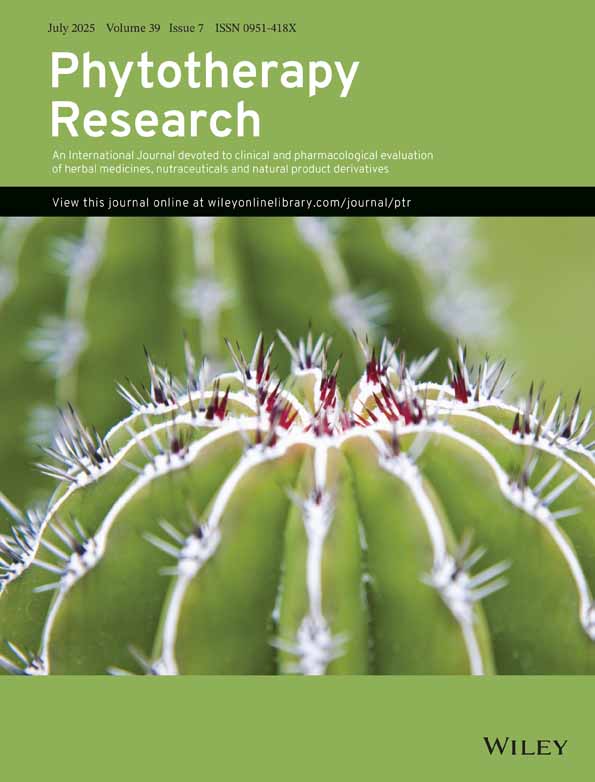Antioxidant property of Rubia cordifolia extract and its comparison with vitamin E and parabenzoquinone
Abstract
This report investigates the antioxidant properties of R. cordifolia extract for protection against lipid peroxidation and reduced glutathione (GSH) content in rat liver homogenate compared with vitamin E and parabenzoquinone (PBQ). R. cordifolia protects against depletion of glutathione in a dose and time dependent manner, an inverse correlation was observed between reduced glutathione depletion and malondialdehyde (MDA) formation. Interestingly, parabenzoquinone showed a better response than R. cordifolia on cumene hydroperoxide (CHP) induced malon-dialdehyde (MDA) release but there was no response in the rate of reduced glutathione (GHS) depletion. Thus it appears that R. cordifolia is a potent antiperoxidative and antioxidant. The mechanism of action is different to that of vitamin E and parabenzoquinone (PBQ).




